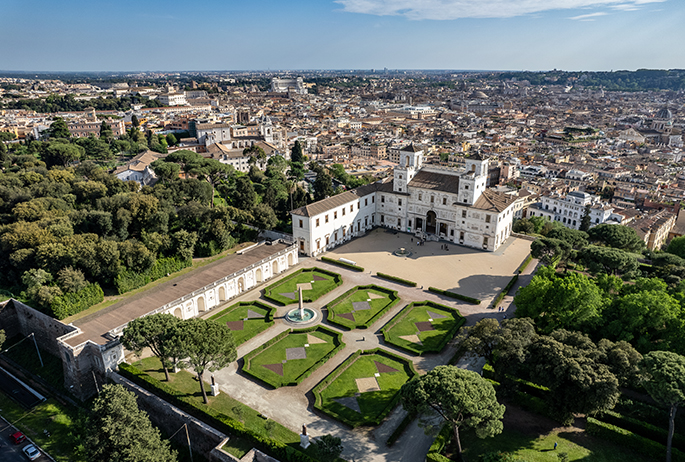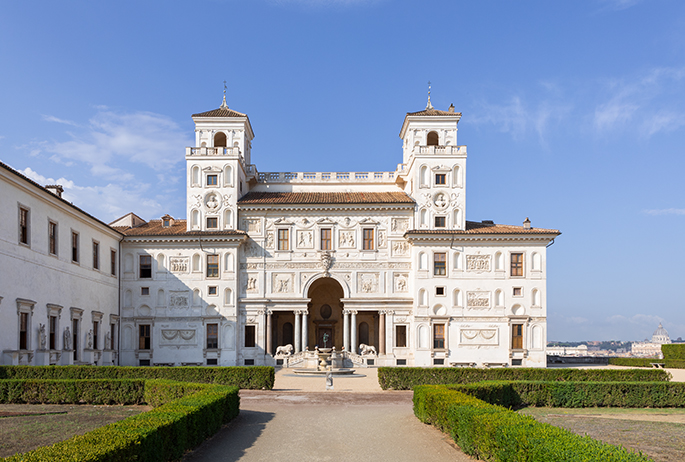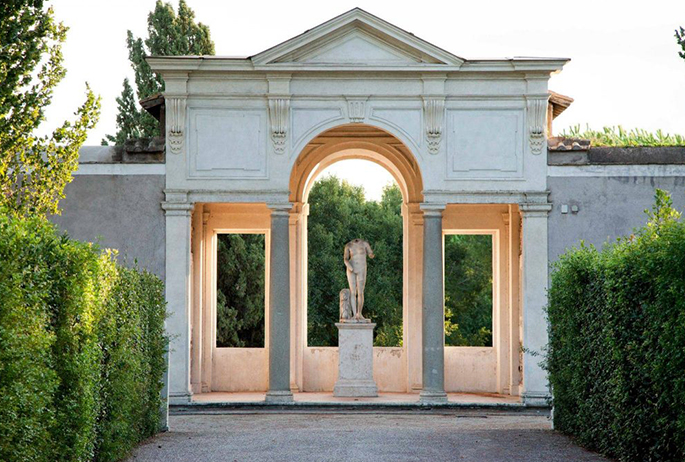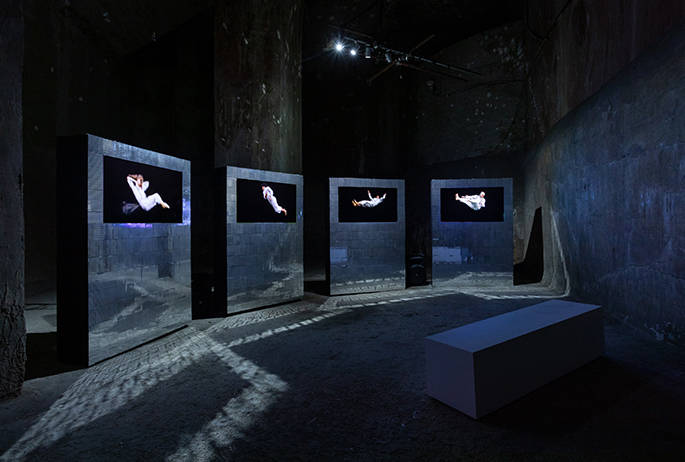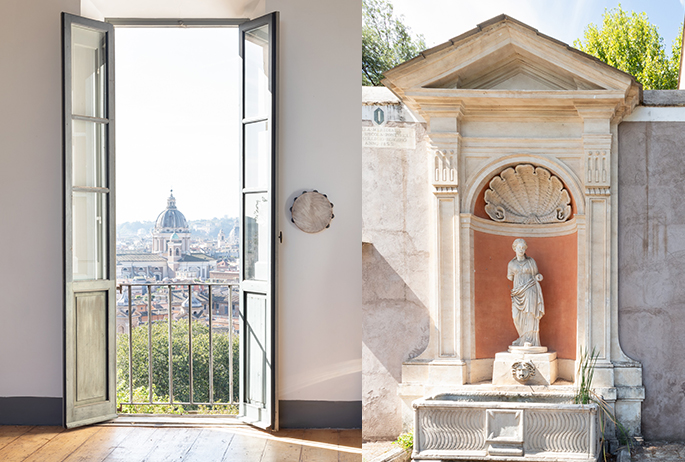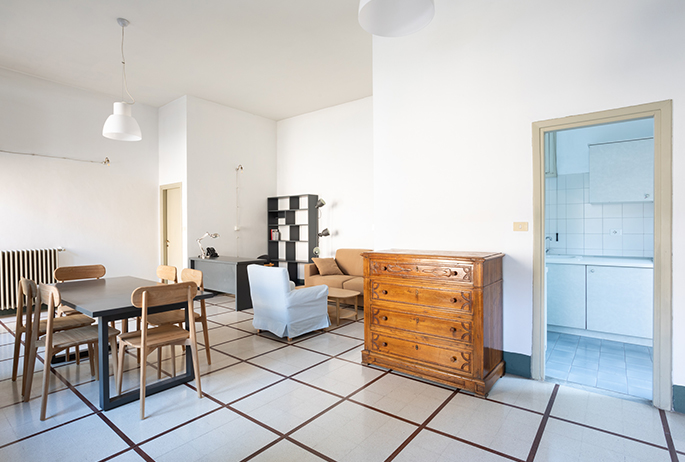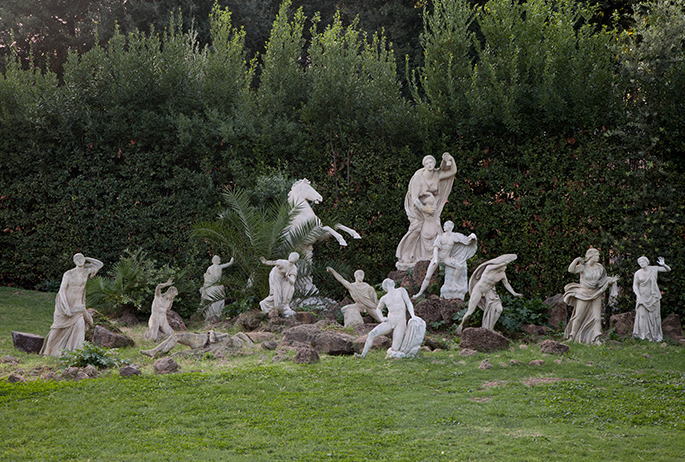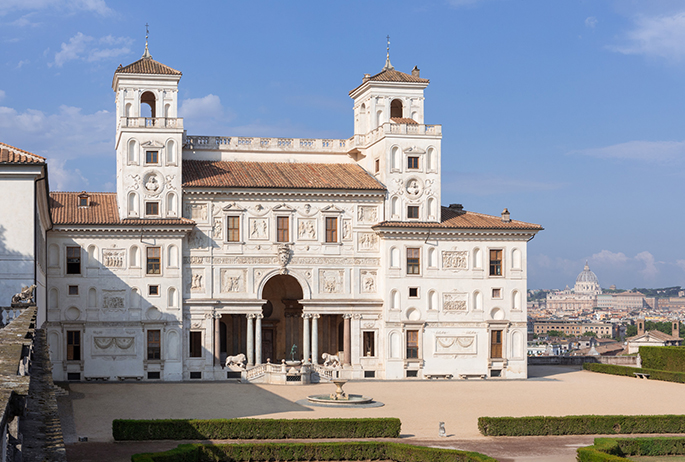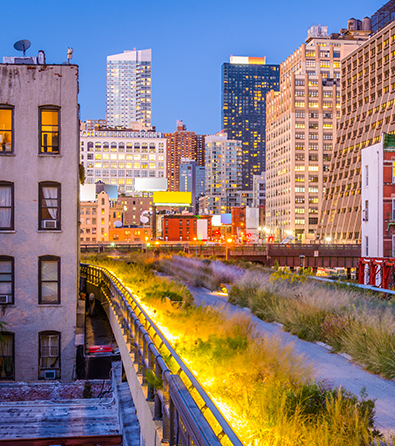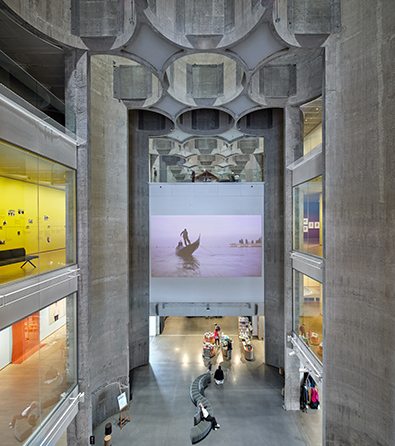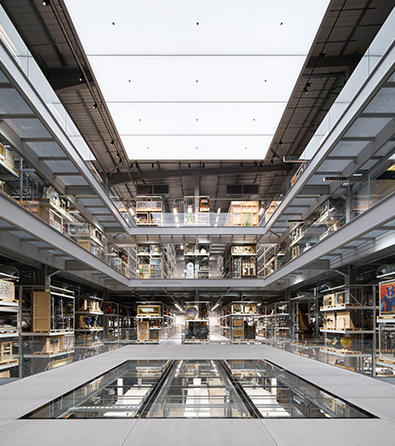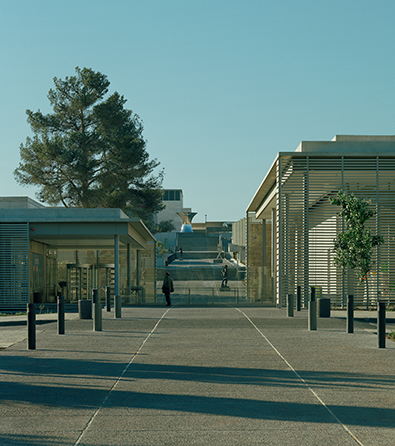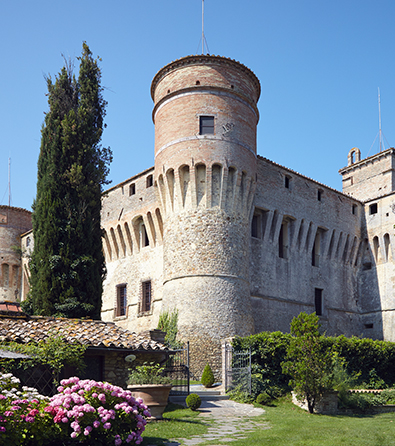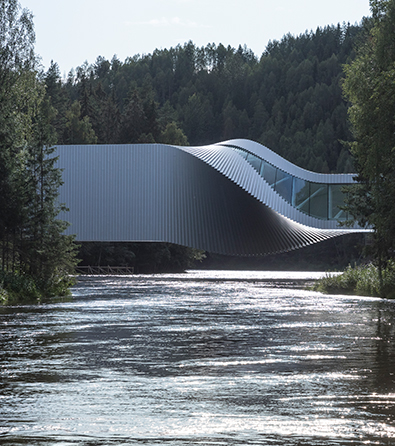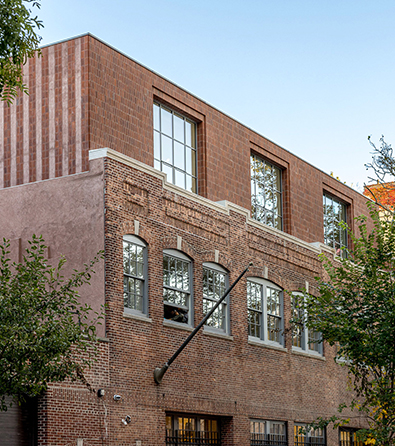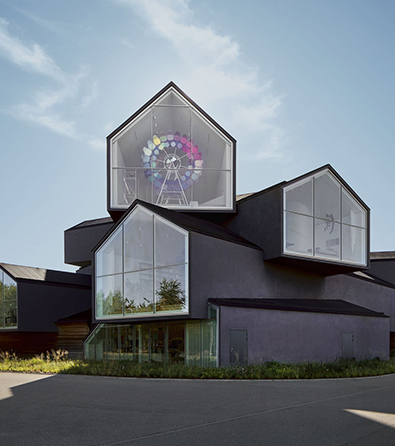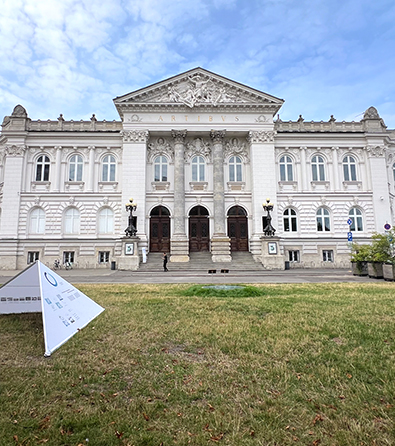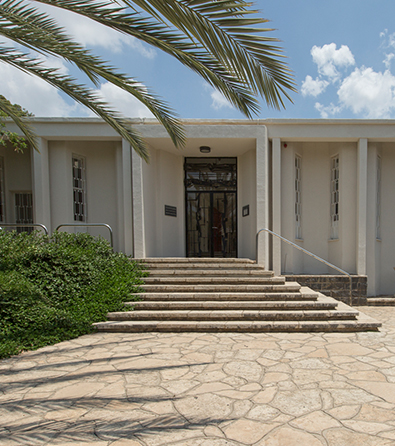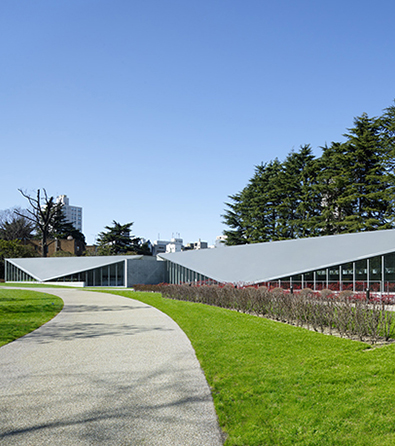Villa Medici, situated on Rome’s Pincian Hill with panoramic city views, is home to the French Academy in Rome. A distinguished public space for art exhibitions, cultural events, and a prestigious artist residency, the villa began as a Renaissance estate for the Medici family. It has preserved its historic architecture while evolving to support contemporary artistic expression, creating a unique setting that draws both artists and visitors to experience its seamless fusion of past and present.
The villa’s journey into artistic prominence began in the late 16th century when Cardinal Ferdinando de’ Medici acquired it in 1576. Under his direction, architect Annibale Lippi, along with sculptor Bartolomeo Ammannati, transformed it into a sophisticated estate that held the family’s art and antiquities collection. This transformation marked Villa Medici as a focal point of Renaissance patronage, where artists, architects, and intellectuals from across Europe gathered and collaborated in a setting that merged luxury with cultural gravitas.
In 1803, Napoleon Bonaparte transferred the French Academy to Villa Medici, reviving the historic site for a new purpose. Founded by Louis XIV in 1666, the academy originally provided a select group of French artists with the chance to immerse themselves in the art and architecture of Rome. Under Napoleon, Villa Medici was repurposed as a cultural bridge between France and Italy—a role it proudly continues to fulfill, with esteemed alumni including composer Claude Debussy and sculptor Jean-Baptiste Carpeaux.
Today, Villa Medici serves as a creative sanctuary and a public cultural venue. Throughout the year, exhibitions adorn its historic walls, showcasing a range from classical to contemporary, often highlighting the work of resident artists. Each exhibit forms a dialogue between the villa’s historical essence and the innovative vision of the Academy’s artists, offering rare insights into their evolving creative processes.
The villa’s grounds offer visitors an inspiring journey through Renaissance gardens, marked by grand terraces, sculptures, and fountains. Among the collection’s highlights is a bronze statue of Mercury, crafted by the Flemish artist Giambologna, depicting the Roman god poised delicately atop a bronze column.
In addition to art exhibitions, Villa Medici also hosts an array of outdoor installations, concerts, and film screenings. Notable summer events include the Festival des Nuits d’été, a dynamic blend of open-air cinema, music, and performance art, as well as Villa Aperta, an annual music festival featuring experimental performances by international musicians and contemporary artists.
The Artist Residency Program:
At the heart of Villa Medici’s legacy is its prestigious artist residency, managed by the French Academy in Rome. This program is a beacon of creative support, extending resources to artists, writers, filmmakers, architects, musicians, and scholars from across the world. Each year, a select group is invited to live and work at the villa for up to twelve months, fully funded and with access to amenities that foster both focus and collaboration.
The Villa Medici residency program provides a range of resources designed to support creative and scholarly development across various disciplines. Here are the details based on the most current information:
Accommodation: Residents are housed in on-site apartments. These apartments are spread around the gardens, providing a serene environment that complements their creative work.
Studio Space: Artists are provided with dedicated studio spaces, equipped for diverse practices, including visual arts, music, literature, and other forms of artistic expression. Communal spaces, like a library and lounges, also offer opportunities for research and collaboration.
Monthly Stipend: The program offers a stipend, which helps cover personal expenses and allows residents to focus on their projects without financial concerns.
Research Resources and Mentorship: Residents benefit from access to Villa Medici’s extensive archives and library. Additionally, a photo lab, sound and video studio, and professional mentorship are available to support their research and artistic development.
Collaboration Opportunities: The Villa Medici fosters interdisciplinary collaboration, encouraging residents to connect across fields. The Academy frequently invites guest speakers and organizes events to stimulate exchange among the resident community and visiting art professionals.
Public Exposure: Throughout their residency, artists are encouraged to share their work with the public through exhibitions, performances, and lectures.
The French Academy selects resident artists through an application process, evaluating each applicant based on their prior achievements, the originality of their project, and their potential to contribute meaningfully to Villa Medici’s cultural dialogue.
Villa Medici’s location on Pincian Hill offers an enchanting view, from Villa Borghese gardens to panoramic views of Piazza del Popolo, the dome of St. Peter’s Basilica, and beyond. Visitors can stroll along the scenic paths designed by 19th-century architect Giuseppe Valadier, whose landscaping further connects the villa to Rome’s unique harmony of history and nature. Nearby, Villa Borghese’s expansive gardens and the famed Borghese Gallery enrich the cultural experience with romantic pathways, fountains, and artistic treasures—providing a serene escape amidst the vitality of Rome.
For our comprehensive cultural guide to Rome, please refer to the designated link provided.
